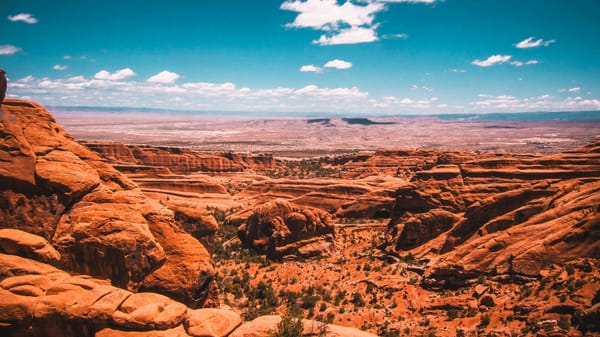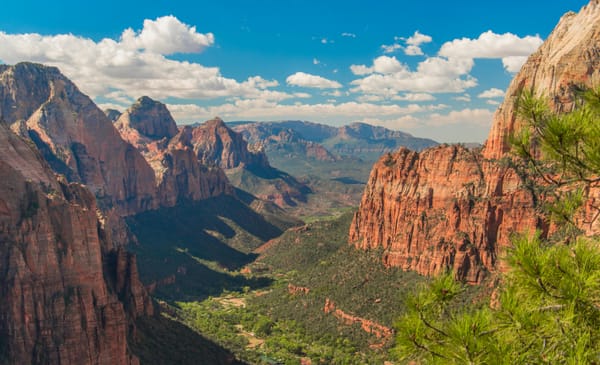Thursday☕️
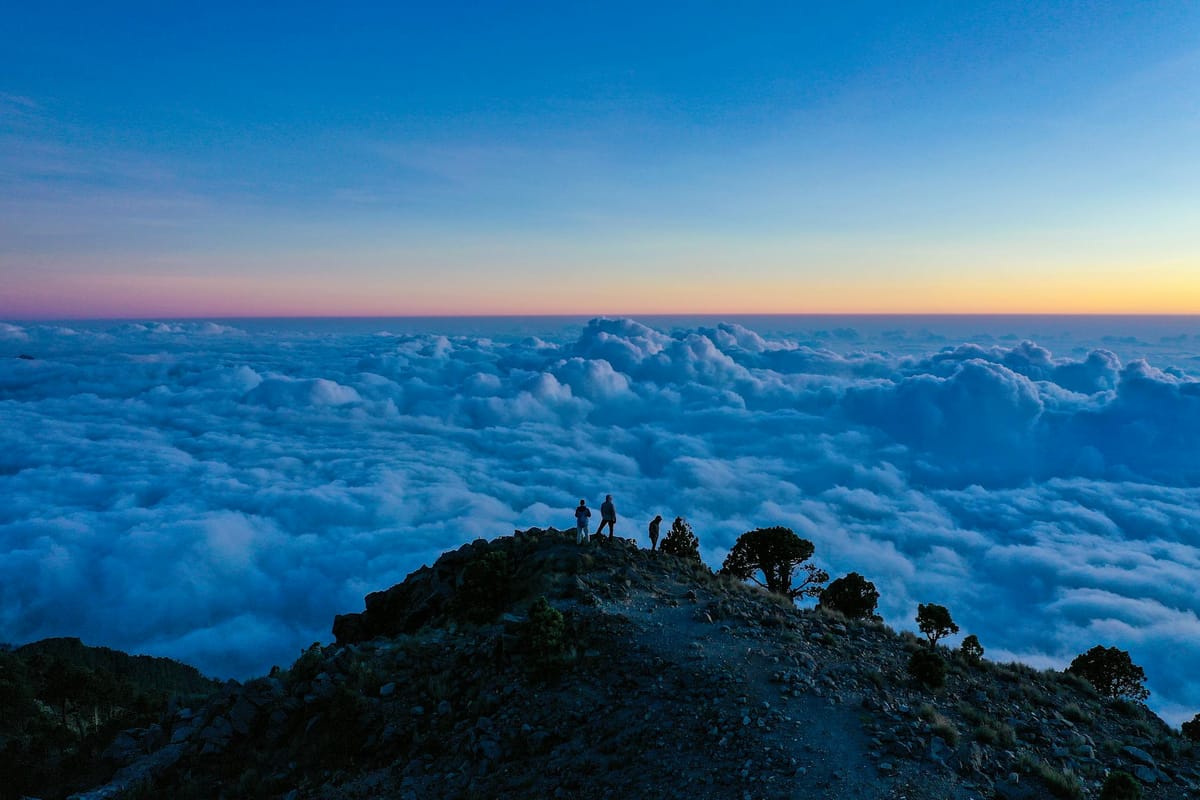
Economics & Markets:
- Yesterday’s U.S. stock market:
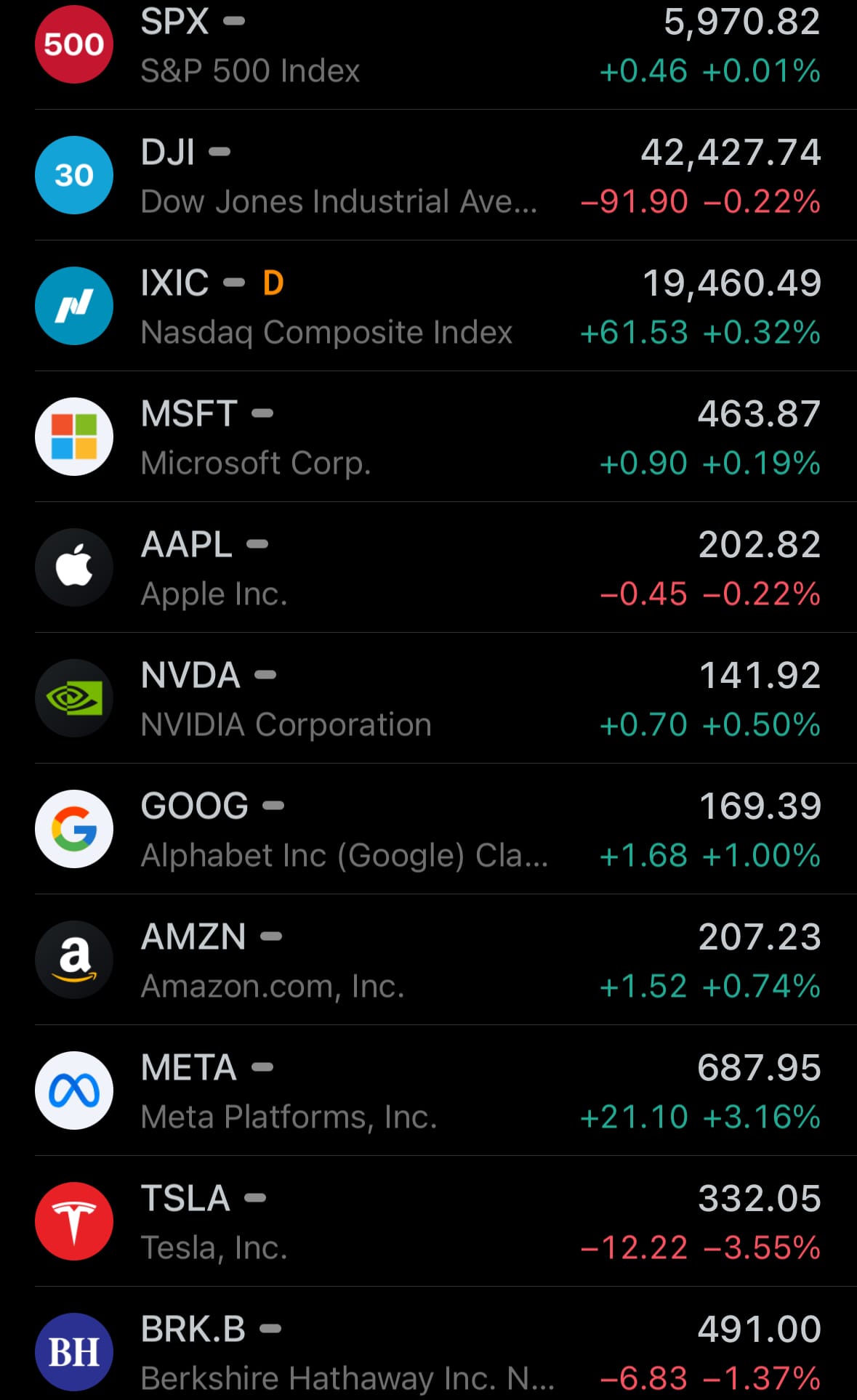
- Yesterday’s commodity market:
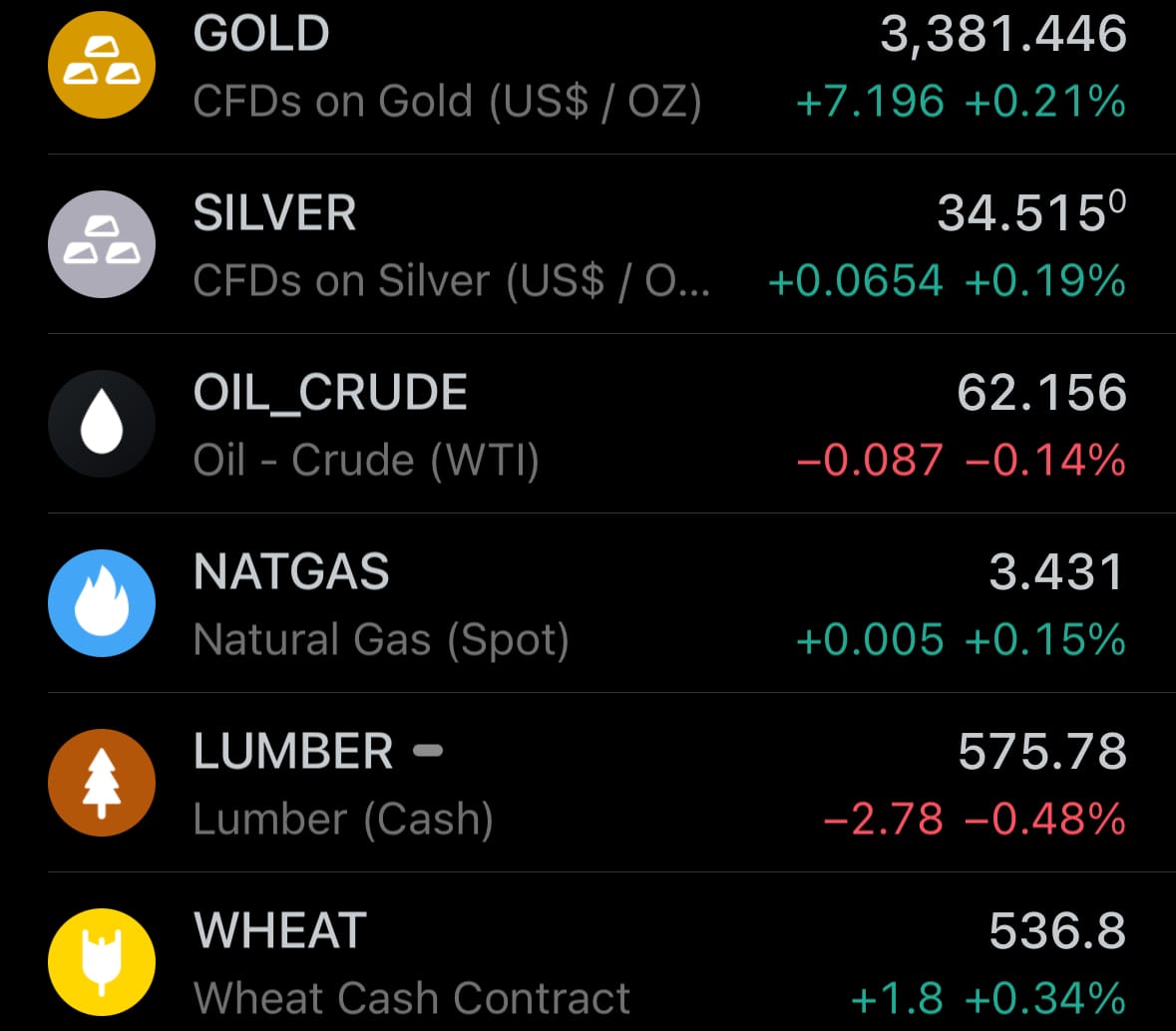
- Yesterday’s crypto market:
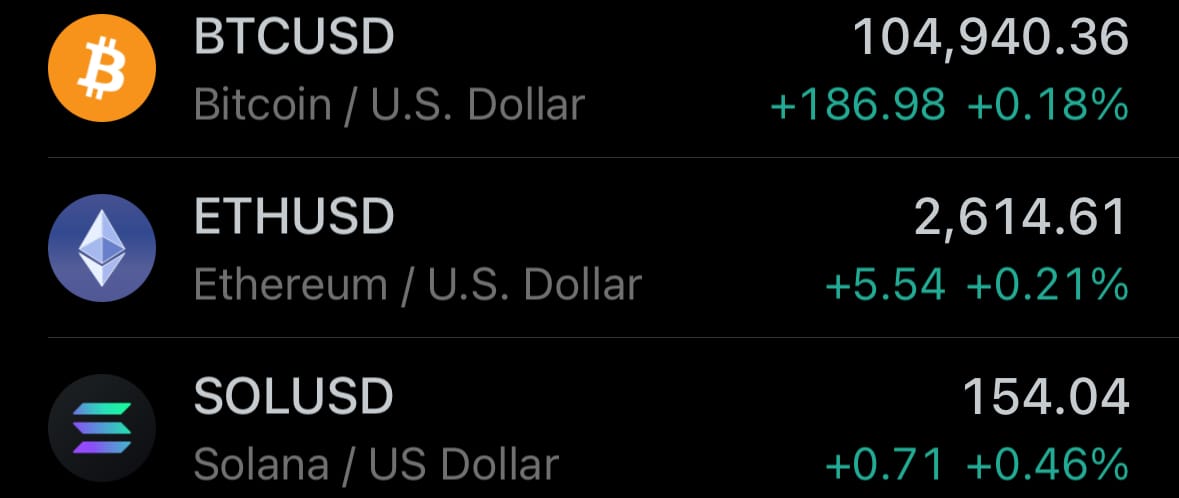
Geopolitics & Military Activity:
- Yesterday, June 4, 2025, Ukrainian forces carried out drone strikes on Russian-controlled areas in the Zaporizhzhia region, as reported by Yevgeny Balitsky, the Russian-installed regional governor. At least five explosions occurred over Melitopol, with strikes also affecting Primorsk, Energodar, and Akimovka. The attacks caused temporary power outages in these areas due to damage to electrical infrastructure. According to Russian state media, the Zaporizhzhia Nuclear Power Plant in Energodar, Europe’s largest nuclear facility, continued normal operations despite the disruptions. The strikes were part of a broader Ukrainian drone campaign targeting Russian-held territories.
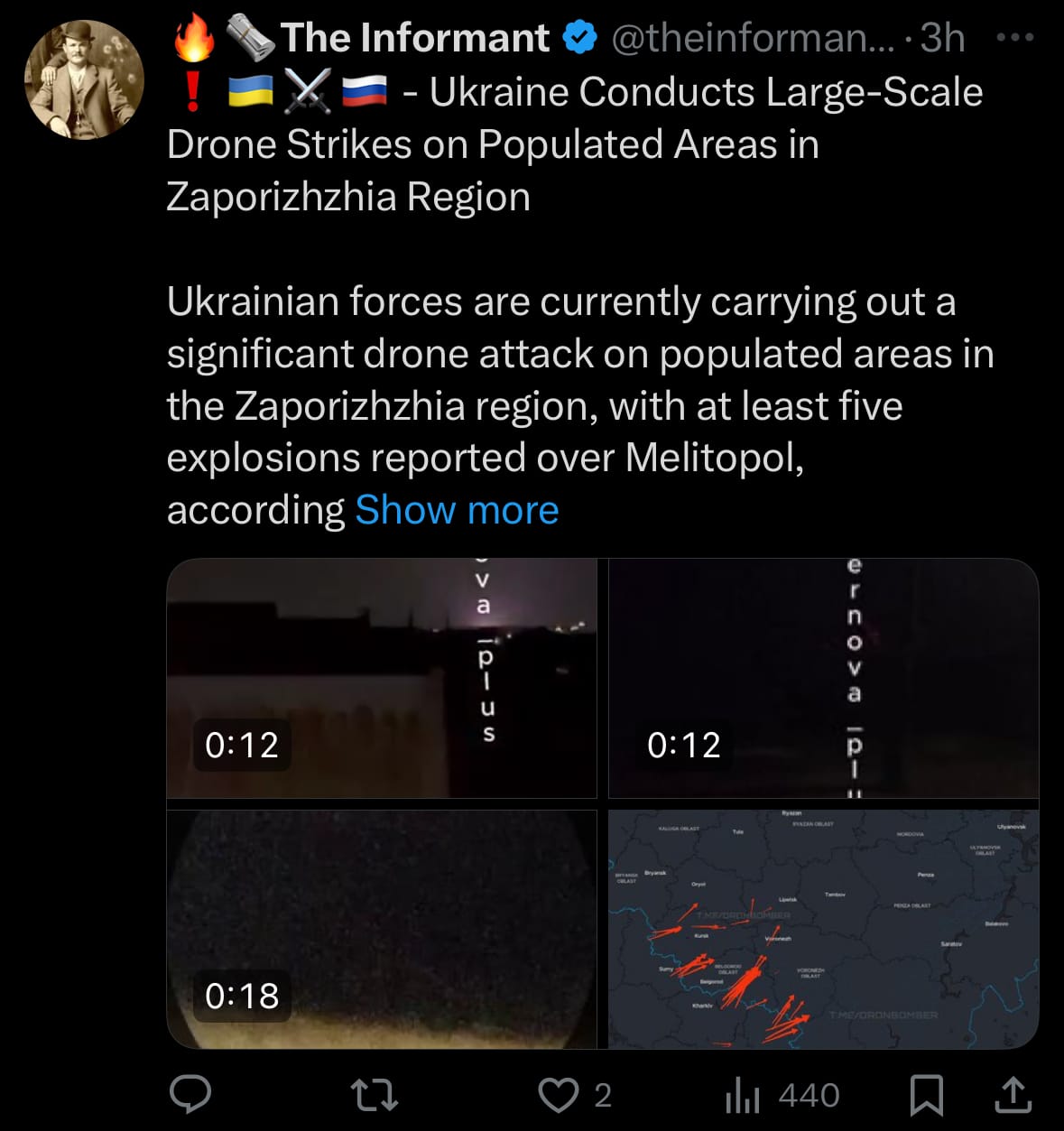
- The attacks disrupted power substations, leading to outages that affected residents in parts of Zaporizhzhia and neighboring Kherson regions. Balitsky stated that emergency crews were prepared to restore electricity once the situation stabilized. Russian-installed officials reported significant impacts on local energy infrastructure, though specific casualty or damage figures were not provided. Ukrainian authorities have not officially commented on the operation.
Environment & Weather:
- Yesterday, June 4, 2025, a significant Saharan Air Layer (SAL) event reached the southeastern U.S., with NOAA’s GOES-19 satellite tracking the dust plume since May 28. The dust hit south Florida by the afternoon of June 4 and spread to states like Alabama, Mississippi, Louisiana, Georgia, the Carolinas, and parts of Texas. This particular plume, stretching 2,000 miles wide and 750 miles long, is notable as the largest to reach the U.S. in 2025 so far, having traveled over 5,000 miles from the Sahara Desert in North Africa.
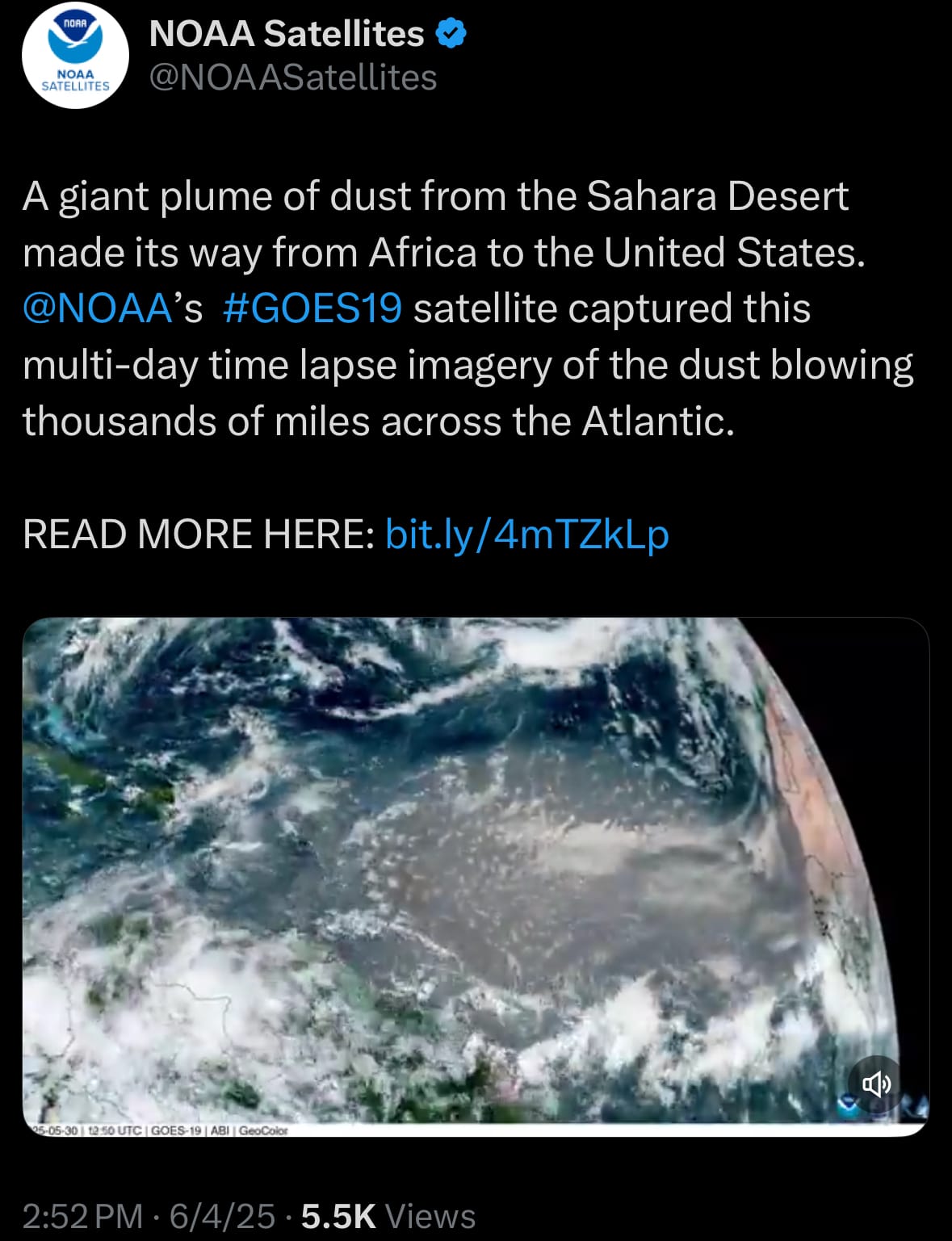
- This event isn’t rare; Saharan dust plumes crossing the Atlantic are a well-documented annual phenomenon, typically peaking from late June to mid-August, though they can occur from April to October. What makes this plume stand out is its size, not its occurrence. The process begins when strong winds over the Sahara lift fine sand and mineral dust into the atmosphere, often to heights of 5,000 to 20,000 feet. Trade winds then carry this dust westward across the Atlantic, a journey of thousands of miles, where it forms the SAL—a layer of dry, dusty air that can grow up to 4 kilometers thick. The dust absorbs sunlight, maintaining its warmth as it travels, and eventually reaches the Americas, impacting regions like the Caribbean and the U.S. annually with varying intensity.
Space:
- Yesterday, June 4, 2025, SpaceX conducted a Falcon 9 Block 5 launch from Space Launch Complex 4 East (SLC-4E) at Vandenberg Space Force Base, California, at 4:40 p.m. PT (7:40 p.m. ET). The mission, named Starlink 11-22, deployed 27 Starlink V2 Mini satellites into low-Earth orbit to expand SpaceX’s satellite internet constellation. The Falcon 9’s first stage booster, identified as B1063-26, separated after launch and landed on a droneship in the Pacific Ocean, demonstrating SpaceX’s reusable rocket technology.
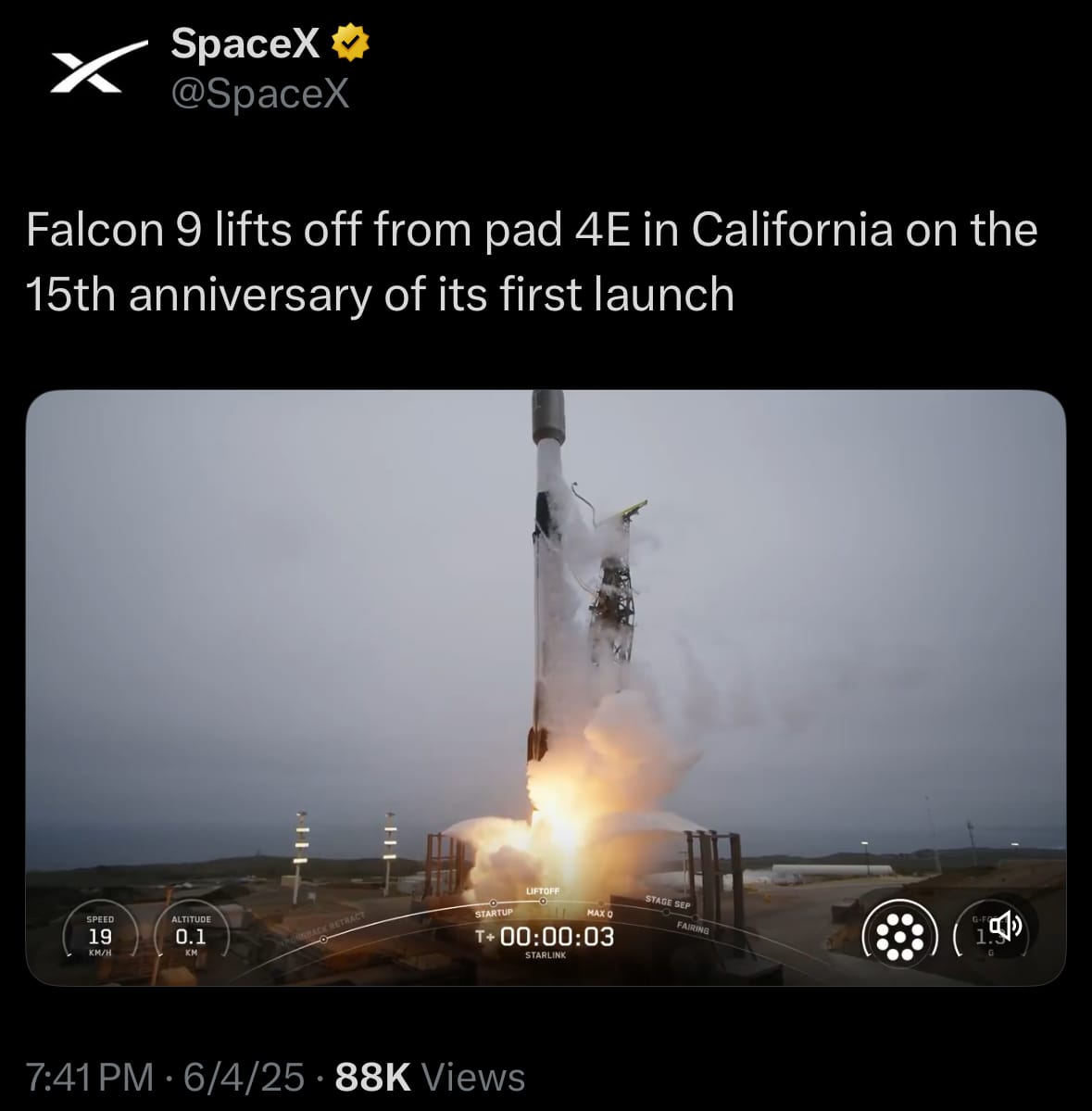
- The payload consisted of 27 Starlink V2 Mini satellites, each designed to provide broadband internet as part of SpaceX’s Starlink network. These satellites, part of Group 11-22, were deployed into an initial orbit of approximately 284 km by 293 km with a 43-degree inclination. This batch did not include satellites with Direct to Cell capabilities, unlike some other recent Starlink missions.
Statistic:
- Companies by number of employees:
- 🇺🇸 Walmart: 2,100,000
- 🇺🇸 Amazon: 1,560,000
- 🇨🇳 BYD: 968,900
- 🇹🇼 Foxconn (Hon Hai Precision Industry): 826,608
- 🇮🇪 Accenture: 774,000
- 🇩🇪 Volkswagen: 656,134
- 🇮🇳 Tata Consultancy Services: 601,546
- 🇩🇪 DHL Group (Deutsche Post): 594,879
- 🇬🇧 Compass Group: 550,000
- 🇨🇳 Jingdong Mall (JD.com): 517,124
- 🇺🇸 United Parcel Service (UPS): 500,000
- 🇷🇺 Gazprom: 468,000
- 🇺🇸 Home Depot: 465,000
- 🇨🇳 JD Logistics: 457,015
- 🇨🇳 Agricultural Bank of China: 454,716
- 🇨🇳 China Mobile: 451,830
- 🇭🇰 Jardine Matheson: 443,000
- 🇺🇸 Concentrix: 440,000
- 🇺🇸 UnitedHealth Group: 440,000
- 🇨🇳 ICBC: 419,252
- 🇺🇸 Target: 415,000
- 🇺🇸 Kroger: 414,000
- 🇺🇸 Marriott International: 411,000
- 🇳🇱 Ahold Delhaize: 400,000
- 🇨🇳 Yum China: 400,000
History:
- Dust storms have shaped human history for millennia, with records dating back to ancient civilizations. In Mesopotamia, around 2000 BCE, texts describe massive dust events impacting agriculture and daily life in the Fertile Crescent. The phenomenon became more documented in the 19th century, particularly in the U.S., where settlers in the Great Plains encountered frequent dust storms due to dry conditions and overgrazing. The most infamous period came during the 1930s with the Dust Bowl, a decade-long crisis triggered by severe drought, poor farming practices, and high winds. Massive storms, like the "Black Sunday" event on April 14, 1935, swept across the Plains, displacing 300 million tons of topsoil in a single day, forcing mass migration, and prompting soil conservation reforms that still influence modern agriculture.
- Globally, dust storms have been a recurring natural event tied to arid regions like the Sahara, Gobi, and Middle Eastern deserts. The Sahara, responsible for 50-70% of global dust emissions, has sent plumes across the Atlantic for centuries, with evidence of Saharan dust in Caribbean coral reefs dating back 5,000 years. In the 20th century, improved monitoring revealed their scale—events like the 2001 Asian dust storm, which traveled 7,000 miles to North America, showed their global reach. Today, satellites like NOAA’s GOES-19 track these events, such as the June 2025 Saharan dust plume that hit the U.S. on June 4. While dust storms are natural, human activity—deforestation, overgrazing, and climate change—has intensified their frequency and impact, making them a persistent challenge across history.
Image of the day:

Thanks for reading!
Earth is complicated, we make it simple.
Click image to view the Earth Intelligence System:



Support/Suggestions Email:
earthintelligence@earthintel.news

